Introduction
Snow fungus, scientifically known as Tremella fuciformis, is a delicate, translucent edible fungus that has been cherished in Asian cuisines for centuries. Its name, “snow fungus,” aptly describes its appearance—soft, white, and gelatinous, resembling clusters of snowflakes. Native to China, Japan, and other parts of East Asia, snow fungus is renowned for its nutritional benefits, including its rich source of polysaccharides, vitamins, and minerals. However, beyond its health perks, snow fungus shines brightest in the culinary realm, particularly when transformed into sweet desserts.
In this comprehensive guide, we will delve into the intricacies of preparing delicious snow fungus desserts. From selecting the finest ingredients to mastering cooking techniques, we will explore various recipes that highlight the unique texture and mild flavor of snow fungus. Whether you’re a seasoned chef or a home cook eager to experiment, this article promises to be your ultimate resource for crafting mouthwatering snow fungus treats.
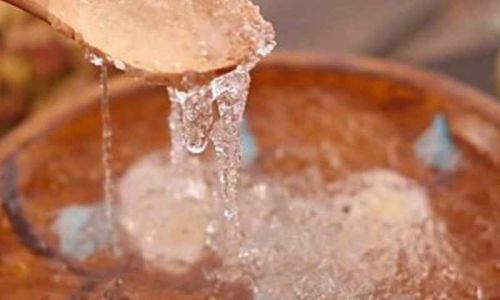
Chapter 1: Understanding Snow Fungus
1 Origins and Varieties
Snow fungus grows naturally on the dead wood of broad-leaved trees, particularly in damp, mountainous regions. It thrives in cool, humid climates and is harvested during specific seasons when it is most abundant. There are several varieties of snow fungus, each with its own unique characteristics. The most commonly used in cooking is the Tremella fuciformis, known for its large, fluffy appearance and superior texture when cooked.
2 Nutritional Benefits
Snow fungus is prized not only for its culinary uses but also for its numerous health benefits. Rich in polysaccharides, particularly a type called tremellan, snow fungus is believed to enhance immune function, promote skin health, and aid in digestion. Its low-calorie, high-fiber content makes it an ideal ingredient for weight management and overall wellness.
3 Selecting and Storing Snow Fungus
When purchasing snow fungus, look for dry, white clusters with a slightly yellow hue. Avoid pieces that are overly dark or have a musty odor, as these may indicate poor storage or spoilage. Snow fungus should be stored in an airtight container in a cool, dry place, away from direct sunlight. Properly stored, it can last for several months to a year.
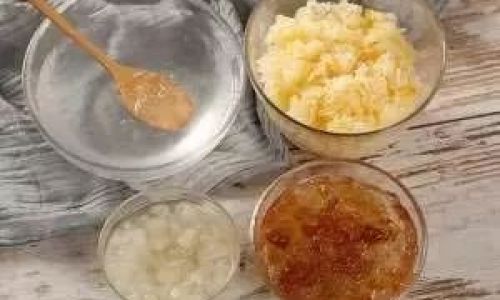
Chapter 2: Preparation Techniques
1 Soaking and Cleaning
Before cooking, snow fungus must be soaked to soften it. Place the dry snow fungus in a bowl of cold water and let it sit for at least 2-4 hours, or until it becomes fully hydrated and pliable. During this time, occasionally change the water to remove any impurities. Once softened, gently rinse the snow fungus under cold running water, gently squeezing it to release any trapped dirt or debris.
2 Cooking Methods
Snow fungus can be cooked in various ways, including boiling, steaming, and simmering. The key to achieving the perfect texture is to cook it slowly over low heat to allow it to fully expand and develop its characteristic gelatinous consistency. Overcooking can result in a slimy texture, so it’s crucial to monitor the cooking process closely.
3 Pairing Ingredients
Snow fungus’s mild, slightly sweet flavor makes it an excellent canvas for a wide range of ingredients. It pairs beautifully with fruits, nuts, honey, and dairy products, enhancing their flavors while adding a unique, silky texture to the dish. When planning a recipe, consider how the ingredients will complement each other in taste, texture, and color.
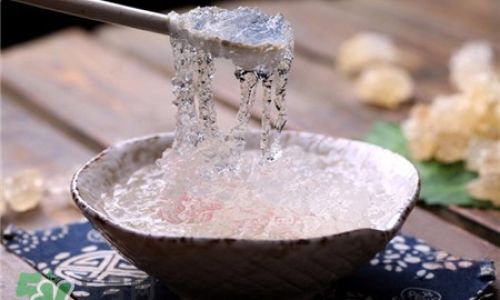
Chapter 3: Classic Snow Fungus Desserts
1 Snow Fungus with Rock Sugar and Red Dates
Ingredients:
- 50g dried snow fungus
- 100g rock sugar (or to taste)
- 10 red dates, pitted and halved
- Water
Instructions:
- Soak the snow fungus in cold water for 4 hours.
- Rinse and drain the snow fungus, tearing it into smaller pieces if necessary.
- Place the snow fungus, red dates, and enough water to cover by 2 inches in a pot.
- Bring to a boil, then reduce the heat to low and simmer for about 1 hour, or until the snow fungus is fully expanded and translucent.
- Add the rock sugar and stir until fully dissolved.
- Continue to simmer for another 10-15 minutes, allowing the flavors to meld.
- Serve warm or chilled, garnished with a few slices of fresh ginger if desired.
2 Snow Fungus and Coconut Milk Pudding
Ingredients:
- 50g dried snow fungus
- 1 can (400ml) coconut milk
- 200ml water
- 100g palm sugar or brown sugar
- 1/2 tsp vanilla extract
- Pinch of salt
- Fresh fruit or nuts for garnish
Instructions:
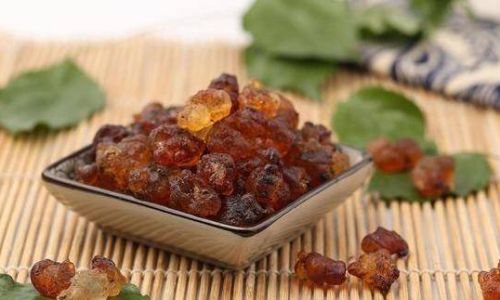
- Soak the snow fungus in cold water for 4 hours.
- Rinse and drain the snow fungus, tearing it into smaller pieces.
- In a pot, combine the coconut milk, water, palm sugar, and salt. Heat over medium heat until the sugar is fully dissolved.
- Add the snow fungus and reduce the heat to low. Simmer for about 1 hour, stirring occasionally, until the snow fungus is tender and translucent.
- Stir in the vanilla extract.
- Pour the mixture into serving bowls or a large mold and let it cool to room temperature.
- Refrigerate for at least 2 hours, or until set.
- Serve chilled, topped with fresh fruit or nuts.
3 Snow Fungus and Mango Dessert Soup
Ingredients:
- 50g dried snow fungus
- 2 ripe mangoes, peeled and diced
- 100g honey or agave syrup
- 1L water
- Ice cubes (optional)
Instructions:
- Soak the snow fungus in cold water for 4 hours.
- Rinse and drain the snow fungus, tearing it into smaller pieces.
- In a large pot, bring the water to a boil. Add the snow fungus and reduce the heat to low. Simmer for about 1 hour, or until the snow fungus is tender and translucent.
- Add the honey or agave syrup and stir until fully dissolved. Taste and adjust the sweetness if necessary.
- Remove from heat and let the soup cool slightly.
- Divide the mango pieces among serving bowls.
- Ladle the hot or warm snow fungus soup over the mango pieces.
- Serve immediately, with ice cubes if desired, or refrigerate until chilled.
Chapter 4: Innovative Snow Fungus Dessert Ideas
1 Snow Fungus and Green Tea Ice Cream
Infuse a pot of green tea with a handful of soaked and cooked snow fungus. Let it cool, then churn it in an ice cream maker with cream, sugar, and a touch of vanilla extract. The result is a creamy, refreshing dessert with a subtle hint of green tea and the silky texture of snow fungus.
2 Snow Fungus and Dragon Fruit Parfait

Layer chunks of dragon fruit, soaked and cooked snow fungus, and whipped cream in a glass. Drizzle with honey or a lime syrup for a burst of flavor and color. This dessert combines the tangy sweetness of dragon fruit with the delicate texture of snow fungus, making it a visually stunning and delicious treat.
3 Snow Fungus and Almond Milk Pudding
Simmer soaked and cooked snow fungus in almond milk with a touch of vanilla and maple syrup. Pour the mixture into ramekins and chill until set. Top with toasted almond flakes and a drizzle of honey for a nutritious, vegan-friendly dessert that’s both elegant and comforting.
Conclusion
Snow fungus desserts offer a unique blend of textures and flavors that can captivate even the most discerning palate. By mastering the art of soaking, cooking, and pairing ingredients, you can create an array of delicious, nutritious treats that are sure to impress. Whether you stick to classic recipes or venture into innovative territory, the versatility of snow fungus ensures that there’s always something new and exciting to explore in the culinary world of this ancient, beloved ingredient.
As you embark on your journey of crafting delicious snow fungus desserts, remember that patience and attention to detail are key. The subtle nuances of flavor and texture that snow fungus brings to a dish are worth the effort. So, gather your ingredients, roll up your sleeves, and let your creativity shine as you transform this humble fungus into extraordinary culinary creations. Happy cooking!
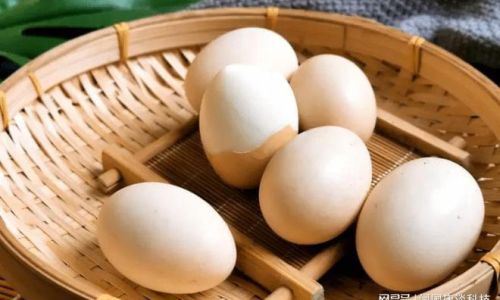
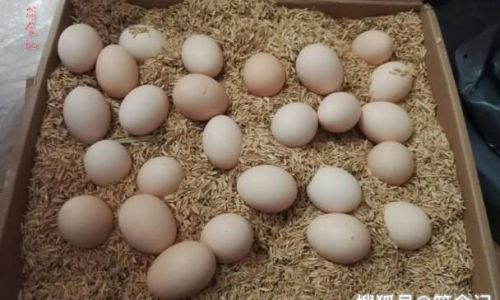

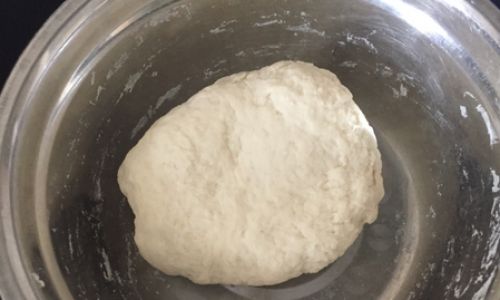
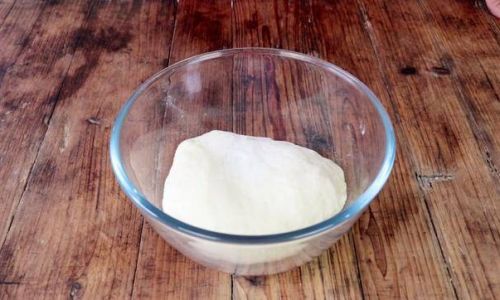
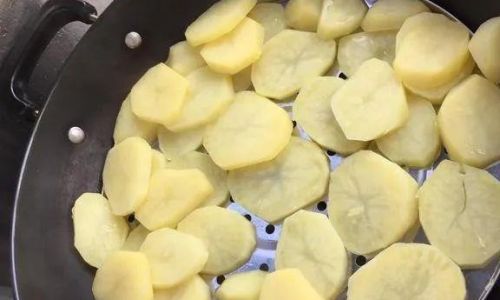
0 comments